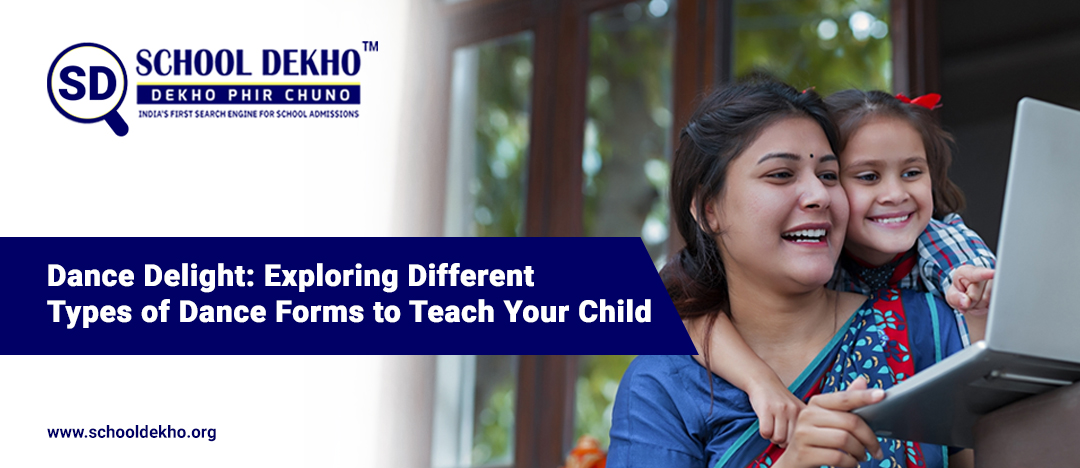Dance Delight: Exploring Different Types of Dance Forms to Teach Your Child

Introducing your child to the world of dance can be a joyful and enriching experience. Dance not only promotes physical fitness but also nurtures creativity, self-expression, and discipline. There are numerous dance forms from around the world, each with its unique style and cultural significance. Whether your child is a budding ballerina or a hip-hop enthusiast, exploring different dance forms can ignite their passion for movement and open up a world of artistic possibilities.
In this article, we'll take you on a journey through some popular dance forms to consider teaching your child.
Ballet
Ballet is a graceful and elegant dance form that originated in the Italian Renaissance courts and later developed in France and Russia. It focuses on precise and intricate movements, emphasizing proper posture, turnout, and extension. Ballet classes typically start with the basics of positions and progress to more complex routines. Ballet can instill discipline, poise, and musicality in young dancers.
Hip-Hop
Hip-hop is a high-energy dance style that emerged from urban culture in the United States. It incorporates various elements, such as popping, locking, and breaking. Hip-hop classes often involve freestyle and encourage individuality and self-expression. This dynamic and contemporary dance form can be particularly appealing to children with a love for modern music and urban culture.
Jazz
Jazz dance is a vibrant and expressive form that blends elements of ballet, modern dance, and African dance. It features a combination of sharp, syncopated movements and fluid, expressive motions. Jazz classes often involve learning choreographed routines set to popular music, making it enjoyable for children with a flair for theatricality.
Tap
Tap dance is a rhythmic and percussive form of dance where dancers wear shoes with metal plates to create intricate and expressive sounds. Tap classes focus on developing timing, coordination, and musicality. It's a delightful dance form for children who enjoy making music with their feet.
Contemporary
Contemporary dance is a fusion of various dance styles and techniques, emphasizing self-expression and storytelling through movement. It allows for fluidity and creativity, often incorporating elements of ballet, modern dance, and improvisation. Contemporary classes can be a great outlet for children with a penchant for artistic exploration.
Indian Classical Dance
India boasts a rich tradition of classical dance forms, each with its unique storytelling and expressive elements. Some popular Indian classical dance forms include Bharatanatyam, Kathak, Odissi, and Kathakali. These dances often draw inspiration from mythology and classical music, making them a captivating cultural experience for children.
Latin Dance
Latin dance encompasses a variety of vibrant and rhythmic styles, such as Salsa, Bachata, and Merengue. These dances originated in Latin America and are characterized by their infectious beats and playful movements. Latin dance classes can be a fantastic way for children to explore different cultures through movement.
Conclusion: Teaching your child different dance forms is an incredible gift that can nurture their creativity, self-expression, and love for movement. Whether they are drawn to the elegance of ballet, the high-energy beats of hip-hop, or the storytelling of Indian classical dance, there is a dance style to suit every child's interests and personality. Dance provides children with a platform to explore their passions, build confidence, and develop valuable skills that extend beyond the dance floor. So, let the music play and let your child embark on a dance journey that will delight and inspire them for years to come.
Contact with Us
Call: 1800 - 2588 - 074
Mail: info@schooldekho.org
Student’s Best Education Portal | School Dekho | India's First School Search Engine | Best Schools Near Me | Find Schools Near Me | Dekho Phir Chuno
#dekhophirchuno






